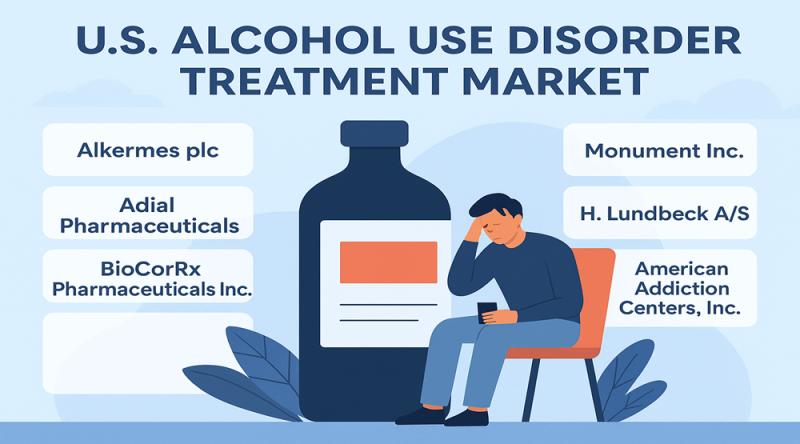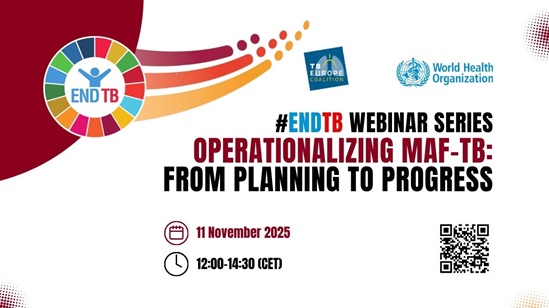Over 5 million patients benefit from Affordable Medicines Program – Ukrinform

Report on Ukraine’s “Affordable Medicines” Program and its Contribution to Sustainable Development Goals
Executive Summary
The “Affordable Medicines” program in Ukraine has demonstrated significant success in expanding access to essential healthcare, directly aligning with several key United Nations Sustainable Development Goals (SDGs). According to a statement by Deputy Minister of Health Yevhen Honchar, the program has benefited over 5 million patients since its inception, with participation and funding showing consistent annual growth. This initiative is a critical component of the national strategy to enhance public health, reduce financial hardship, and foster equitable access to medical treatment.
Program Performance and Key Metrics
- Patient Outreach: The program has served more than 5 million individuals since its launch. A marked increase in usage is evident, with over 2.5 million patients benefiting in the first half of the current year alone.
- Financial Commitment: Funding for the program in the current year exceeds 6 billion hryvnias. The government has affirmed its commitment to securing additional funds if required to meet patient needs.
- Scope of Coverage: The program includes nearly 600 medicines and medical devices, available to patients either free of charge or with a minimal co-payment.
- Network Participation: Over 2,000 pharmacies across the country have joined the reimbursement program.
Alignment with Sustainable Development Goals (SDGs)
The program’s design and impact contribute directly to the 2030 Agenda for Sustainable Development.
-
SDG 3: Good Health and Well-being
- Target 3.8 (Universal Health Coverage): The program is a primary mechanism for achieving universal health coverage by ensuring access to affordable essential medicines and protecting citizens from financial risk associated with healthcare costs.
- Target 3.4 (Non-communicable Diseases): By providing treatments for cardiovascular diseases, diabetes, bronchial asthma, and chronic respiratory diseases, the program directly contributes to reducing premature mortality from non-communicable diseases.
-
SDG 1: No Poverty & SDG 10: Reduced Inequalities
- The program reduces out-of-pocket healthcare expenses, a major cause of financial hardship, thereby contributing to poverty reduction (SDG 1).
- By providing equitable access to medicines regardless of a patient’s economic status, the initiative actively works to reduce health inequalities within the country (SDG 10).
-
SDG 17: Partnerships for the Goals
- The program’s implementation model relies on an effective public-private partnership between the government (Ministry of Health, National Health Service) and the private sector (over 2,000 participating pharmacies), showcasing a successful collaboration to achieve public health objectives.
Program Scope and Future Outlook
The “Affordable Medicines” program currently covers treatments for a wide range of chronic conditions:
- Cardiovascular diseases
- Type I and Type II diabetes
- Bronchial asthma
- Chronic lower respiratory diseases
- Mental and behavioral disorders
- Parkinson’s disease
The Deputy Minister of Health has stated that the expansion of the program is a governmental priority, with plans to broaden the list of available medicines and ensure sustained funding.
Implementation and Compliance
To ensure the program’s reach and effectiveness, the National Health Service is enforcing participation. The head of the service, Natalia Husak, has warned that pharmacies failing to join the state reimbursement program could risk losing their operating licenses, underscoring the government’s commitment to making affordable medicines universally accessible.
SDGs Addressed in the Article
SDG 3: Good Health and Well-being
- The article’s central theme is the “Affordable Medicines” program, which directly aims to improve public health. It focuses on providing access to medicines for a range of non-communicable diseases such as cardiovascular diseases, diabetes, asthma, mental and behavioral disorders, and Parkinson’s disease. This aligns with the goal of ensuring healthy lives and promoting well-being for all at all ages.
SDG 1: No Poverty
- The program aims to “reduce patients’ expenses for medicines” by providing them “free of charge or with a minimal co-payment.” This directly addresses the financial burden of healthcare, which can be a major cause of poverty. By mitigating out-of-pocket health expenditures, the program helps protect vulnerable populations from financial hardship.
Specific SDG Targets Identified
SDG 3: Good Health and Well-being
-
Target 3.4: By 2030, reduce by one-third premature mortality from non-communicable diseases through prevention and treatment and promote mental health and well-being.
- The article explicitly states the program includes drugs to treat and prevent “cardiovascular diseases, type II diabetes and bronchial asthma, … chronic lower respiratory diseases, mental and behavioral disorders, and Parkinson’s disease,” all of which are non-communicable diseases.
-
Target 3.8: Achieve universal health coverage, including financial risk protection, access to quality essential health-care services and access to safe, effective, quality and affordable essential medicines and vaccines for all.
- The program’s name, “Affordable Medicines,” and its function of providing nearly 600 medicines “free of charge or with a minimal co-payment” directly contribute to financial risk protection and access to affordable essential medicines. The expansion of the program, with increasing funding and more participating pharmacies, demonstrates a commitment to universal health coverage.
SDG 1: No Poverty
-
Target 1.3: Implement nationally appropriate social protection systems and measures for all, including floors, and by 2030 achieve substantial coverage of the poor and vulnerable.
- The “Affordable Medicines” program is a state-funded social protection system designed to ensure that citizens, regardless of their financial status, can access necessary medical treatments. The article notes that “more than 5 million patients have benefited” from this system, indicating substantial coverage.
Indicators for Measuring Progress
Indicators for Target 3.4 and 3.8
- Number of beneficiaries: The article states, “more than 5 million people have used the program since its inception,” with “more than 2.5 million” in the first half of the current year alone. This is a direct indicator of the program’s reach.
- Scope of medicines covered: The program includes “almost 600 medicines and medical devices,” indicating the breadth of treatment options available.
- Program funding: The government has allocated “more than 6 billion hryvnias” for the program this year, which serves as an indicator of financial commitment.
- Accessibility of services: The fact that “more than 2,000 pharmacies have already joined the program” is an indicator of the physical accessibility of these affordable medicines for the population.
Indicators for Target 1.3
- Level of financial protection: The provision of medicines “free of charge or with a minimal co-payment” is a qualitative indicator of the social protection floor being provided.
- Coverage of the social protection system: The “more than 5 million patients” who have benefited serves as a quantitative indicator of the program’s coverage.
Summary of SDGs, Targets, and Indicators
| SDGs | Targets | Indicators |
|---|---|---|
| SDG 3: Good Health and Well-being | 3.4: Reduce premature mortality from non-communicable diseases. | List of diseases covered (cardiovascular, diabetes, asthma, mental disorders, etc.). |
| Number of medicines available in the program (almost 600). | ||
| 3.8: Achieve universal health coverage, including financial risk protection and access to affordable essential medicines. | Number of patients using the program (over 5 million). | |
| Number of participating pharmacies (over 2,000). | ||
| SDG 1: No Poverty | 1.3: Implement nationally appropriate social protection systems. | Provision of medicines “free of charge or with a minimal co-payment.” |
| Total funding allocated to the program (over 6 billion hryvnias). |
Source: ukrinform.net

What is Your Reaction?
 Like
0
Like
0
 Dislike
0
Dislike
0
 Love
0
Love
0
 Funny
0
Funny
0
 Angry
0
Angry
0
 Sad
0
Sad
0
 Wow
0
Wow
0

























_1.png?#)























































